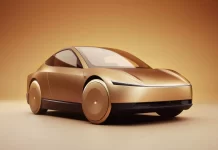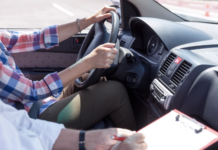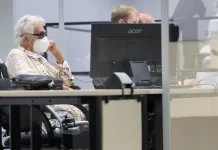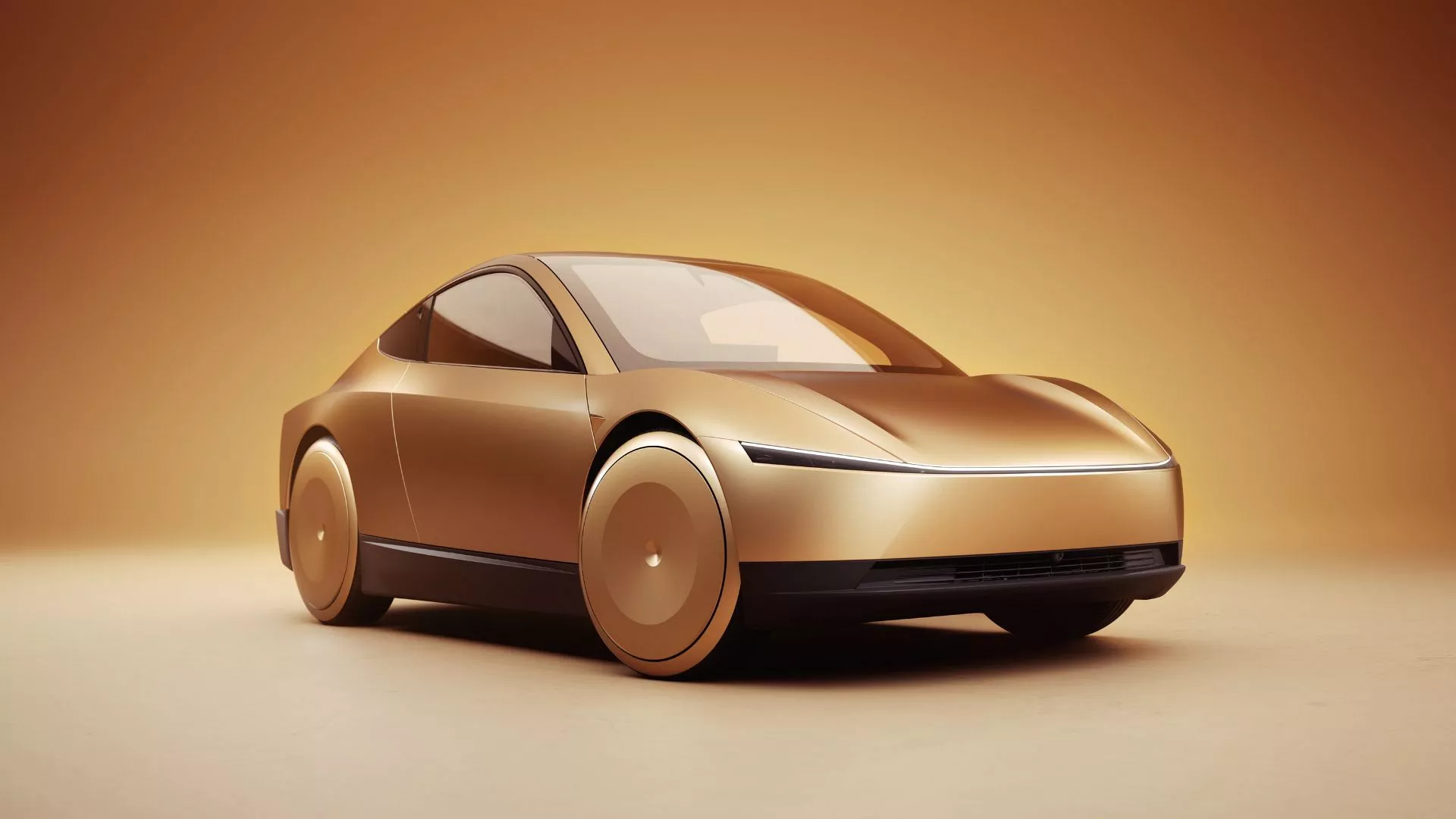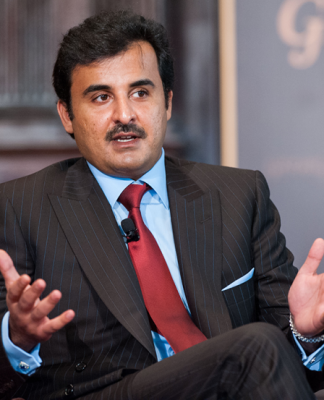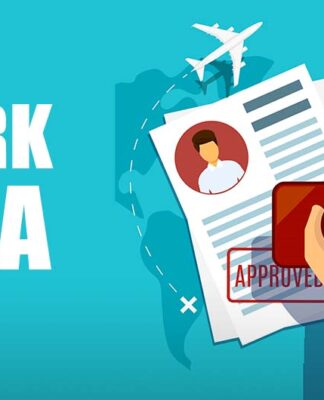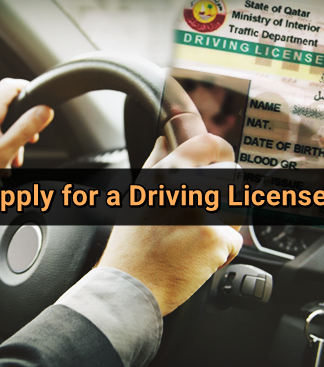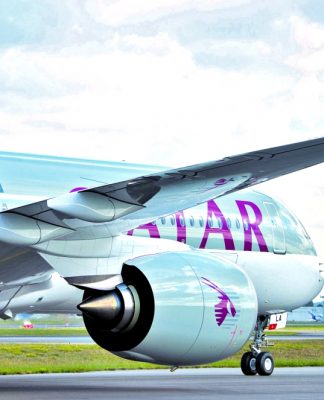Tesla’s Cybercab autonomous vehicle revealed: Is this the ‘ChatGPT moment for robotaxis’?
The Robotaxi prototype
Copyright Tesla
By Pascale Davies
Published on 11/10/2024 – 12:43 GMT+2
Share this article
Comments
What to know about Elon Musk’s newly unveiled robotaxi and why Europe risks losing the autonomous vehicle race.
Elon Musk has unveiled Tesla’s newest vehicle: a self-driving car he calls the “Cybercab”.
The tech tycoon showed off the prototype robotaxi – which has no steering wheel or pedals – on Thursday at the Warner Bros film studio in California on non-public roads.
“This is a very big deal,” Musk said, adding that autonomous cars are expected to be 10-20 times safer than human-driven vehicles.
“It’ll save lives, a lot of lives, and prevent injuries”.
The Cybercab is expected to cost less than $30,000 (€27,000) and Musk estimated the vehicle’s average operating cost at just $0.20 (€0.18) per mile.
He also said the Cybercab would be in production “in 2026” before pausing, and rephrasing: “before 2027,” he added.
Related
Tesla says ‘Full Self Driving’ cars expected in Europe early next year pending regulatory approval
What tech is involved?
The car uses “computer vision” and an artificial intelligence (AI) technology called end-to-end machine learning that translates the images into driving decisions.
“With this launch, I believe we are close to the ‘ChatGPT moment’ for robotaxis, when they will truly take off and become part of our mainstream transport landscape,” Crijn Bouman, co-founder and CEO of Rocsys, a hands-free electric vehicle charging solution company based in the Netherlands, told Euronews Next.
Tesla is not the only company to roll out autonomous driving technology.
Tesla robotaxi unveil
Tesla robotaxi unveil Tesla
Its competitors Waymo, Cruise, Amazon’s Zook, and other Chinese companies use similar technology to Tesla but also use other sensors, such as radar and other sophisticated mapping technology.
Without these additions, Tesla aims to make its vehicle simpler and much cheaper.
“The robotaxi battle will be won or lost – by Tesla or one of the other operators – based on who can achieve operational excellence,” said Bouman.
“Robotaxis aren’t earning money if they’re not on the road, so operators need to maximise uptime and remove the factors that keep them off the road,” he added.
He said that the big bottleneck will be charging, which can be slow, expensive, and labour-intensive.
We’re seeing widespread adoption of robotaxis in the US and China, but Europe is increasingly lagging behind.
Crijn Bouman
Co-founder and CEO of Rocsys
“I believe the way for operators to overcome this will be by embracing autonomous charging technology, dispersed across cities in decentralised micro hubs. That will give them the edge they need to win the robotaxi race,” Bouman said.
Getting the technology right is crucial. Robotaxis have had a difficult rollout, including 13 incidents of fatal crashes by Tesla drivers involving Autopilot, according to US regulators.
Tesla is also facing a class action suit in the US from Tesla owners who had been promised full self-driving that had yet to be delivered. It comes after the company was pressured by US regulators last year to recall full self-driving vehicles.
Related
Tesla in US car crash that killed motorcyclist used self-driving system, authorities say
Elon Musk says Optimus humanoid robot will hopefully be ready for Tesla use next year
The robotaxi industry has also seen numerous incidents of traffic jams and blocked vehicles.
Some US states have passed legislation that makes the use of self-driving cars legal, but each state has its own requirements.
Up until now, only level 3 autonomous driving has been allowed, which means that a human must be in the driver’s seat and able to take over if necessary.
Europe lagging behind
In European countries, regulation for autonomous driving is more strict.
The European Commission announced last year it was fast-tracking the European autonomous driving regulations, called UNECE Regulation on Driver Control Assistance Systems (DCAS)”.
For the moment, only Phase 1, which simply allows hands-on driving, has been approved.
“We’re seeing widespread adoption of robotaxis in the US and China, but Europe is increasingly lagging behind. Europe is well positioned to lead the space one day as it’s home to top tech-talent,” said Bouman.
“But Europe needs to quickly adopt new measures to enable it to compete with the US and China, particularly since this technology will be essential to stay competitive in the wider transportation landscape,” he said.






